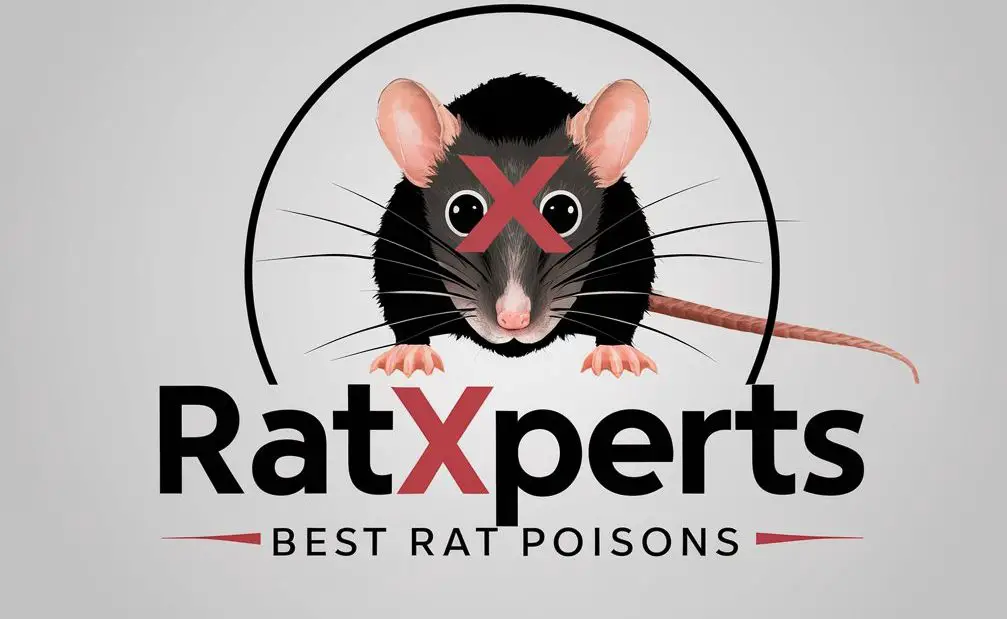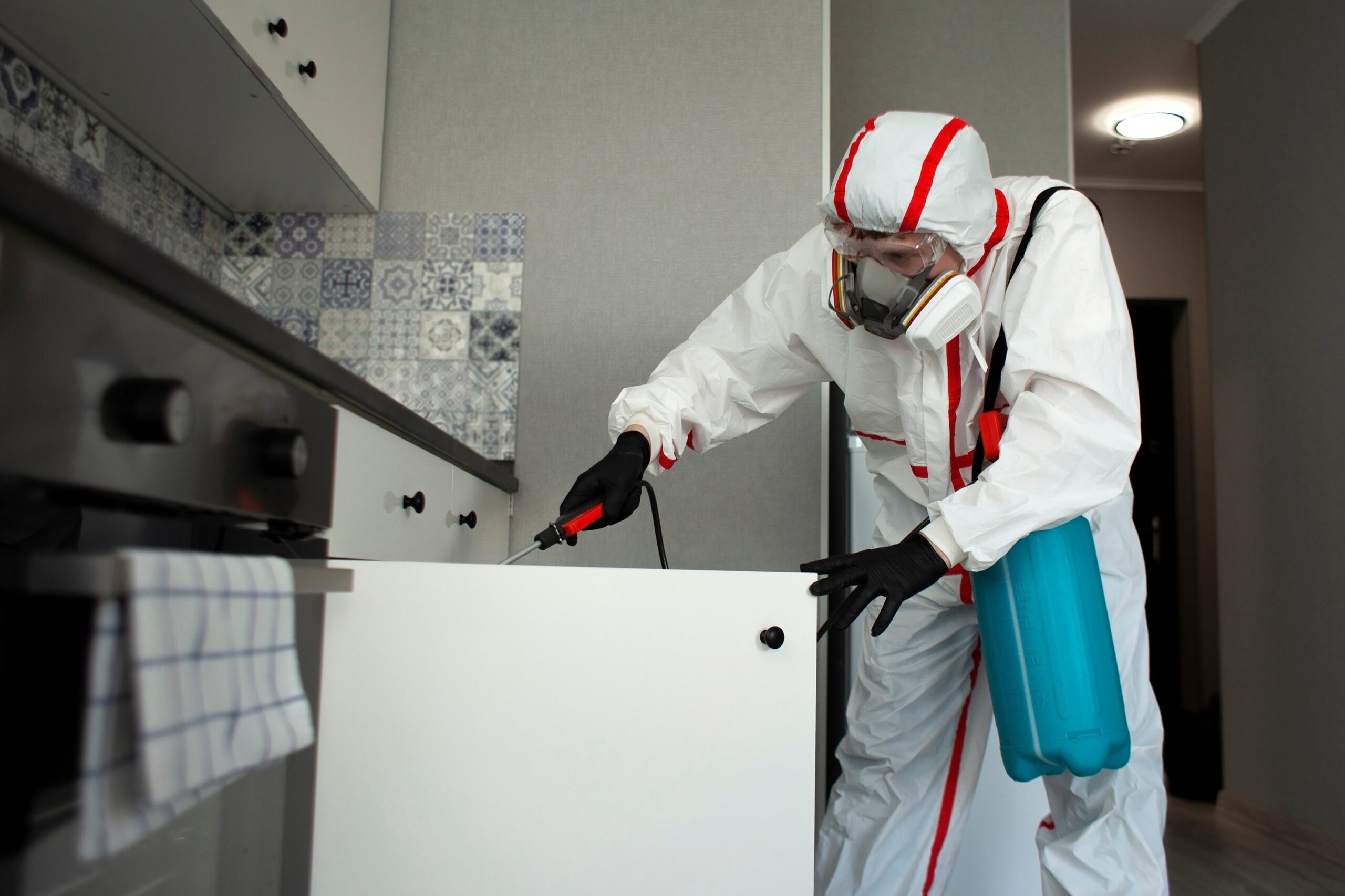David’s Story
David had always been wary of rats, but he never thought that he would have to deal with a full-blown infestation in his home. He was shocked when he discovered that his home had been invaded by these pesky rodents. He knew that he had to act fast to protect his family and pets.
David expeditiously commissioned a pest control enterprise to eradicate the rat infestation. The intervention was successful in ridding his abode of the unwanted pests. However, he soon comprehended the importance of the cleansing process. He was aware of the potential health hazards that could ensue from the rats’ presence, specifically their fecal matter.
Undaunted by the challenge, David conducted research on the appropriate method to sanitize and purge the aftermath of the infestation. It was ascertained that protective attire such as gloves and a mask would be necessary to prevent direct exposure to contaminated surfaces. He also discovered that disinfecting every surface in contact with the rats was essential, including furniture, counters, and flooring.
With the knowledge obtained from his inquiry, David diligently embarked on the task of sanitizing every crevice of his domicile, leaving no stones unturned. Every contaminated insulation and material was disposed of, and a replacement was installed in its place.
David’s efforts bore fruit, and he was able to reinstate the safety of his residence for his family and pets. The episode taught him an invaluable lesson on the significance of rat prevention and sanitation. Consequently, he took measures such as sealing potential entry points and ensuring that his household remained clutter-free to prevent any future infestations.

Dampen the urine, droppings and nesting materials
When dealing with a rodent infestation, it is important to dampen the urine, droppings and nesting materials with a disinfectant or bleach solution. This will help to kill any harmful pathogens that may be present in the droppings or nesting materials. When dampening the area, it is important to use enough disinfectant or bleach solution to ensure that all areas are adequately covered. After spraying the area with the solution, it is important to let it sit for at least 5 minutes, allowing ample time for the disinfectant or bleach to work. Once the area has been thoroughly dampened, paper towels may be used to clean up any remaining urine or droppings.
Spray bleach/water formula onto rodent urine, droppings, and nest particles
Spraying a bleach/water formula onto rodent urine, droppings, and nest particles is an effective way to kill hantaviruses. It is important to allow the areas to saturate for a few minutes before cleaning up with paper towels. It’s also important to use a mixture of one part bleach to nine parts water for this process. It’s important to be generous with the disinfectant, as this will help keep the area clean and safe for everyone in the vicinity.
Allow Areas to Saturate
Once the urine, droppings, and nesting materials have been dampened, it is time to allow the area to saturate. To ensure the safety of anyone who may come into contact with the infected area, it is important to spray the infected areas with a bleach/water formula. This will help to kill any hantaviruses present in the area. The bleach/water formula should be allowed to sit for 5 minutes before any cleaning or sanitizing takes place. This will give the bleach/water formula enough time to do its job and effectively kill any viruses that may be present.
Clean Up with Paper Towels
After spraying the affected areas with the bleach/water solution or disinfectant, it’s time to clean up with paper towels. This is an important step to ensure that all the urine, droppings, and nesting materials have been removed. It’s important to use paper towels as opposed to a cloth or vacuum cleaner because the latter can spread germs in the air and through the house. Start by wiping up as much of the material as possible, then discard it in a bag. Dispose of the paper towels in the same way and make sure to wash your hands thoroughly afterwards.
Spray, then Mop – Never Sweep or Vacuum
Spraying and then mopping the floor is the safest and most effective way to clean and sanitize after a rodent infestation. Sweeping and vacuuming can stir up dust, which may contain allergens and could be contaminated with rodent urine, droppings, or nesting material. To ensure that all areas are thoroughly sanitized, spray a bleach/water mixture onto the areas where the rodents have been, let it soak for 5-10 minutes, and then mop with a disposable mop head. When mopping, make sure to use a generous amount of disinfectant to ensure that all surfaces are properly cleaned. Following these steps will help keep your home safe from any potential health risks posed by a rodent infestation.
Mop the Floors in Affected Areas
Moping the floors in areas that have been affected by rodents is an important step in the cleaning and sanitizing process. To ensure the area is properly disinfected, it is best to use a disposable mop head and paper towels or sponges that can be discarded afterwards. Generously apply a disinfectant mix of 1 part bleach and 10 parts water, before mopping the floors. This will help to kill off any hantaviruses that may be lurking in the area. The paper towels or sponge should be used to clean up any rodent urine, droppings, and nest particles that may be present before mopping. Doing so will help to ensure that all traces of rodent infestation are removed, leaving the area clean and sanitized.
Use a Disposable Mop Head
It is important to use a disposable mop head when cleaning up after a rodent infestation. The use of a new mop head prevents the spread of bacteria and germs and reduces the risk of health hazards. After dampening the urine, droppings, and nesting materials with a commercial disinfectant or a mixture of bleach and water, use a disposable mop head to thoroughly clean up the area. Make sure to rinse the mop head with hot water after use and discard it immediately. Doing this will help ensure that the affected area is thoroughly sanitized, keeping you and your family safe from potential health risks.
Be Generous with the Disinfectant
It is important to be generous with the disinfectant when cleaning and sanitizing areas that have been infested by rodents. A mixture of bleach and water (1 part bleach to 9 parts water) is generally recommended for this task, as it is effective in killing any bacteria or germs that could remain after the rodents have been removed. When spraying the mixture onto affected areas, it’s best to be generous and let it sit for a few minutes before wiping down. Doing so will ensure that any remaining bacteria or germs are completely killed and will help prevent the spread of disease.
Mix 1 Part Bleach with 10 Parts Water
Mixing 1 part bleach with 10 parts water is an effective way to sanitize any areas affected by a rodent infestation. This solution should be sprayed onto the urine, droppings, and nest particles to prevent further spread of disease. After spraying the solution, let it soak for 5-10 minutes to allow it to work its way through. Bleach is an excellent disinfectant and should be used generously to effectively clean and sanitize the area.
Spray Any Rodent-Infested Areas and Let it Soak for 5-10 Minutes
Spraying any areas that have been infested by rodents is an important step in the sanitization process. The best way to do this is by using a bleach or disinfectant solution and letting it soak for a period of 5-10 minutes. This will ensure that any urine, droppings, and nesting materials are thoroughly saturated with the cleaning solution and that any potential germs and bacteria are killed. After waiting for the area to soak, use paper towels to wipe up the urine and droppings, mop the floors, and be generous with the disinfectant in order to ensure all areas are clean and safe.

